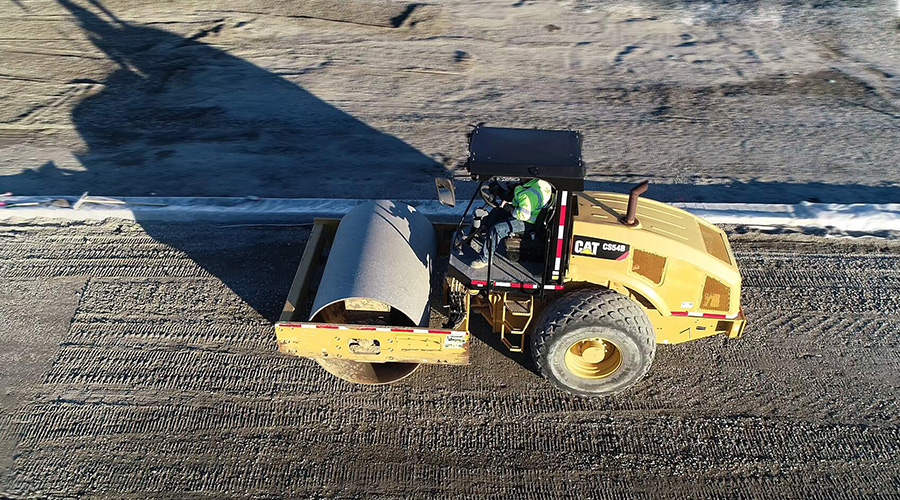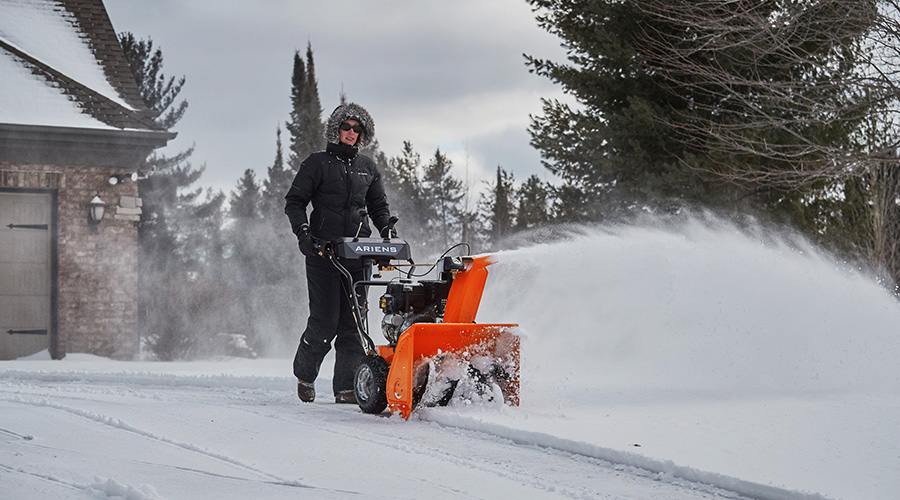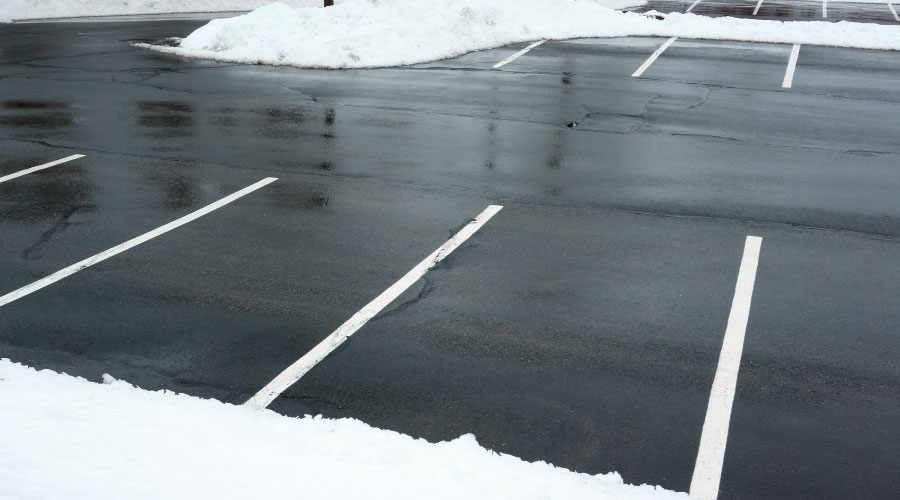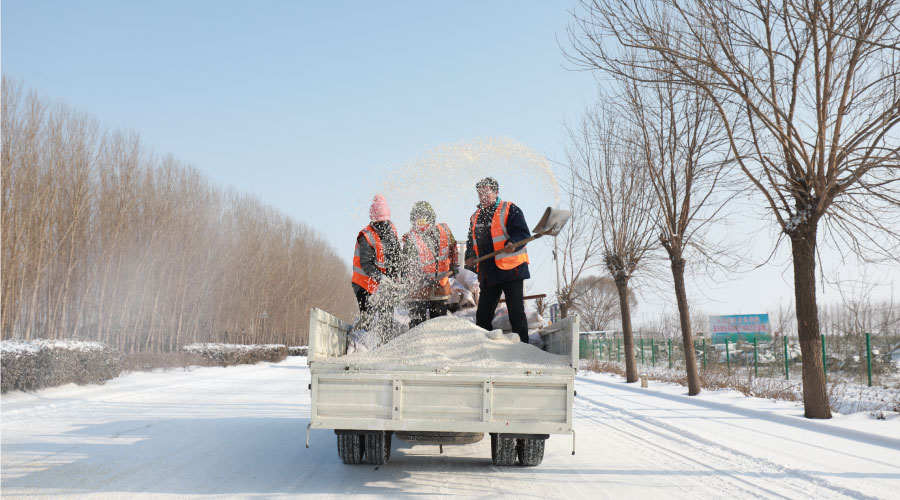City of Amarillo Embraces Use of Autonomous Mowers
Texas city embracing use of new-age technology for mowing tasks.
By Dave Lubach, Executive Editor
Michael Kashuba talks of force multipliers — a tactic or equipment that can help a group achieve better results — when describing all the benefits that autonomous mowers bring to the parks and recreation department in Amarillo, Texas.
From helping resolve issues such as staffing and budgeting to providing environmental benefits, Amarillo’s first steps into autonomous mowing have helped upgrade the effectiveness and efficiency of Amarillo’s parks and recreation team.
The process is only getting started.
Looking for answers
Like many institutional and commercial facilities during and after the COVID-19 pandemic, Amarillo’s parks and recreation department faced staffing and budget challenges. Kashuba, the department’s director who has been with the city for six years, was searching for answers.
“We were down to about 50 percent staff as a department and were basically told we were freezing spots and not hiring anybody,” he says. “We were trying to figure out how to fill spots, but we couldn’t fill those roles.”
Seeking solutions, James Stow, the department’s assistant director for the city’s golf courses, proposed bringing in autonomous mowers.
“We’re all trying to figure out ways to do more with labor,” he says. “Labor has been hard to find in the golf industry, and I’m kind of a bit of a dork when it comes to new technologies.”
Autonomous mowing has built momentum in the golf industry, and it is more popular in Europe and Canada, where the mowers are used for cutting roughs and fairways. Autonomous mowers also are popular in the residential market, according to a Forbes Business Insights, which showed that less than one-quarter of all autonomous mowers are sold for commercial purposes.
But Kashuba and Stow were intrigued by the possibility of what the mowers could do for their department.

One of the first steps was exploring the costs involved. Since Amarillo initially purchased four autonomous mowers, the department has purchased three more machines that were expected to arrive this spring. The total cost of purchase was about $90,000, not including the savings associated with fuel, labor and maintenance costs.
“They’re way cheaper than running diesel-powered mowers with a guy making $15 an hour sitting on it,” Stow says.
They also looked at ways to reallocate the hours needed to mow. After the initial purchase, some staff members worried the move would be the first step toward losing their jobs. Instead, Kashuba says he convinced employees the autonomous mowers would free them up for other tasks.
For example, while the autonomous mowers mow the outfield of a baseball field, workers can prepare the infield.
“It’s about having those conversations about staffing shortages and too many tasks to be completed in a day already,” he says. “This allows you to get back to those tasks and get those things done that you need to.”
Diving into technology
The department experienced initial struggles as operators learned how to work with autonomous mowers, but the challenges did not last long.
“When (the dealer) came in and did the installation, they told us, ‘You’re going to hate them the first two weeks, and then you’re going to love them,’ and they weren’t wrong,” Stow says.
The department uses the mowers in a 12-acre, fenced-off area in a sports complex, where operators use GPS to program the units' movements.
“It’s almost exactly like a Roomba,” says Kashuba, comparing the mowers to automatic indoor vacuums. “You set the mowers to mow from this time to this time, set the window, and they’ll just keep moving all day long. And when they need to go in, they go to park until the next day, and they come back out.
“They have a little pad, and they just pull up on a pad, charge themselves and go out again.”
The mowers can get stuck in a low spot or a hole and need to be put back on track. Curious people also might block their paths or try to steal them. Thanks to the GPS tracking system, workers are alerted to issues and can head out to address them.
“If you move them, if somebody bumps into them or tries to mess with them, they start sending out all sorts of alerts, and it also starts making some ungodly noises,” Kashuba says.
Amarillo’s autonomous mowers are powered by one reference station that monitors their use.
“You basically outline the perimeter of the area that you want mowed, and it’s all controlled on a cell phone or an iPad,” Stow says. “You can log into your computer and see certain things, but you basically just GPS the perimeter, and then once you get the perimeter set up you can set up what the mower is actually going to mow.”
The staff also sees benefits from a maintenance standpoint.
“We’ve had zero maintenance, other than we clean them off and change blades,” Stow says. “They’ve been good for us as far as our staff goes. The quality of the cut is good, and the maintenance on them is super easy. We used to have to grind our blades or reels, so we’ve cut way back on the maintenance costs.”
Future plans
With the department’s recent purchase of three mowers, Stow says he sees plenty of opportunities to expand its autonomous program.
“Honestly, I think this is where everything is going,” Stow says. “I think it will take some time for it to evolve and move and grow. I think I could eventually see us doing the majority of our athletic fields that are protected.
“I have golf course superintendents seeing that one of our locations has them running right across the street from the course, asking when they can get something. Staffing, it’s getting harder and harder to find guys. I could see it growing into our golf courses over the next five to 10 years.”
Autonomous mowers are just the start. The department also uses the machines to stripe athletic fields and is considering the use of drones and robotic spreaders for turf fertilizers.
“Instead of going and buying big spreaders and the tractors to pull it, you can get a drone,” Kashuba says. “It flies, and it does it faster, and it’s technically in most cases cheaper than the traditional equipment. It’s about weighing all the pros and cons and seeing what works well for your group, your organization or your city, then making those decisions.”
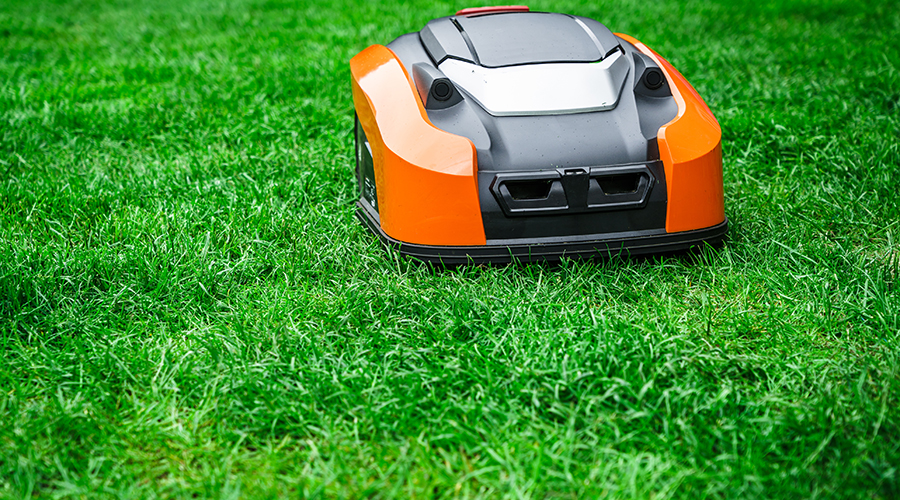
Since starting their journey into the autonomous world, Kashuba and Stow say they have received interest from other municipalities and institutional and commercial facilities about their experience, and they welcome and encourage the inquiries.
For grounds managers who can not make the trip to Amarillo to see the mowers in action, Kashuba recommends they make modest investments to see what works and what does not on their landscapes.
“Cities tend to be pretty stable, so new ideas, new things can be a little bit more of a challenge,” he says. “I think it’s about being able to take strategic risks, and that’s kind of why we started small the way we did and not invest a whole lot of money in this.
“We said, 'Let’s try this, see if it works, and then we can always scale up or down based on how that goes.’ That’s why we started the way we did, with a big, open site. We didn’t start with our baseball fields because there’s a lot more maneuvering.”
The last hurdle for grounds managers often is to convince their staff of the benefits. After time with the technology, Kashuba says he has finally cleared this hurdle.
“I think of this as a force multiplier, and I think the way it’s communicated to staff is that we want you to get back to basics of the things you should be doing and dealing with instead of spending all your time mowing,” he says.
Dave Lubach is executive editor of the facilities market. He has more than nine years of experience covering facility management and maintenance issues.
Related Topics:











